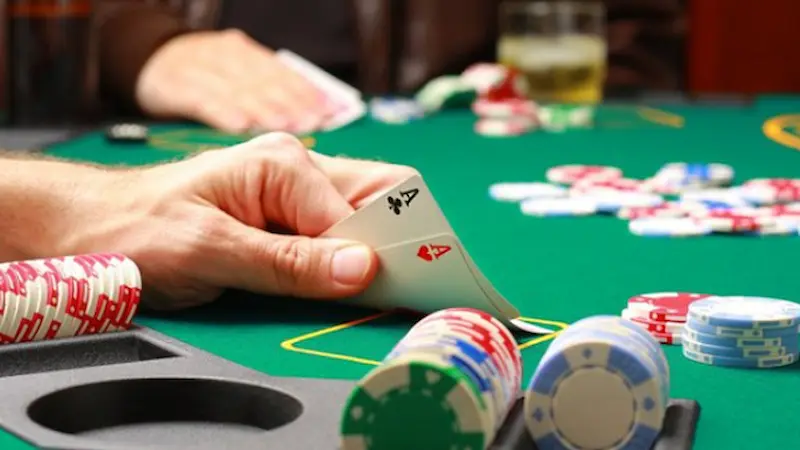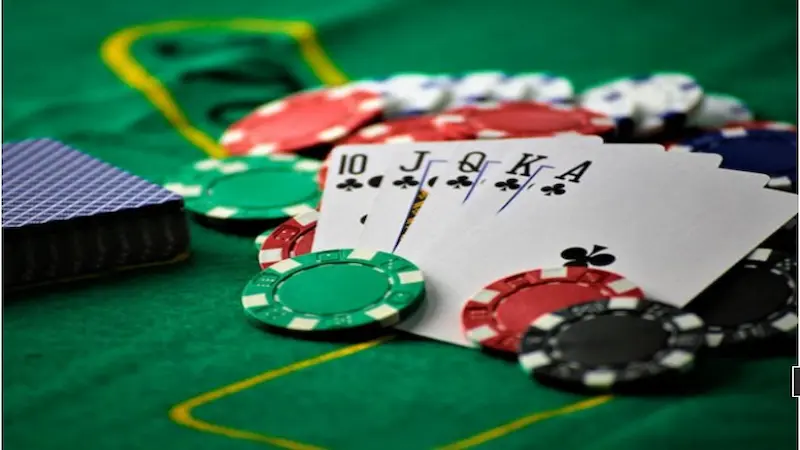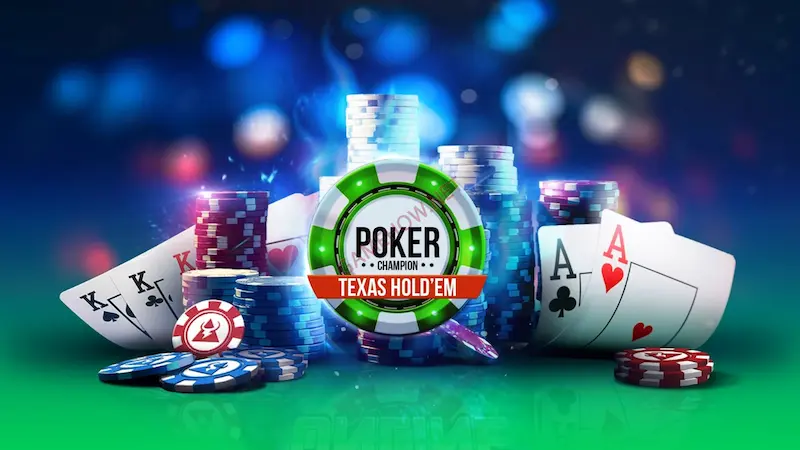How can you know where you’re going if you don’t know where you are?
With 5JILI, Position is often undervalued or overlooked, especially by beginners in poker. However, it is a critical factor that can make the difference between winning and losing in poker.
Before playing a hand in poker, you must recognize your position at the table (in relation to the button, BTN) before even looking at your cards.
The three positions immediately to the left of the BTN are called early positions (EP), marked in red. The next three positions are the middle positions (MP), marked in blue. Following that are the late positions (LP), marked in green.
Poker Table Position

Note: You will win more money when playing in LP than in EP, as the BTN is the position that acts last and is the most profitable position in the long run.
Early Position (EP)
Early position is considered weak because you will be one of the first to act post-flop. You should avoid playing weak hands in these positions because acting first means you have fewer opportunities to outplay your opponents. Always remember not to put yourself at a disadvantage by playing from EP with subpar hands.
Middle Position (MP)
Middle position is better than EP but still not as advantageous as LP. You can play slightly more hands compared to when you are in EP because fewer players will act after you.
However, if everyone in EP folds, you may still find yourself being the first to act in subsequent betting rounds. Understanding the dynamics of who acts before and after you on the table is crucial to effective poker strategy.
Late Position (LP)
Late position is advantageous, providing you with the most opportunities, as you are one of the last players to act. You can play more hands from LP, but remember that a strong position alone doesn’t guarantee success; good decision-making is still required.
The major advantage of having a position is the information you gather from your opponents’ actions.
The Button (BTN)
The button is the best position at the table since you act last in all post-flop rounds. This is why you should try to play as many hands as possible when you’re on the BTN. A good tip is to look for reasons not to play a hand on the button, rather than trying to find reasons to play it.
The Cut-Off (CO)
The cut-off is the position directly before the button, and it is the second-best position at the table. If the button folds, you will be the last to act in each betting round. Both the BTN and CO are great positions to steal the blinds because only the small blind and big blind remain, and the chances of them holding a strong hand are lower, especially since they will be out of position post-flop.
How to Optimize Positional Advantage

If you have position (in position, IP) over your opponent, it means you act after them, allowing you to gather information before making your decision.
- If they check, it may indicate a weak hand.
- If they bet, it may suggest strength.
- The size of their bet can provide additional clues.
- The speed of their decision (fast or slow) can also reveal information.
Positional Awareness
In general, you want to play more hands when you have position (IP) than when you’re out of position (OOP).
This doesn’t mean you should always play weak hands just because you’re in a good position. Instead, you should tend to expand your range when you’re IP and tighten it when you’re OOP.
Always think about your position before playing a hand. Consider who will act before and after you, and assess the advantages and disadvantages before deciding to play.
New players often make the mistake of playing medium-strength hands in EP. Hand selection varies greatly depending on position. Over time, you’ll learn which hands to play from which positions, as mastering any skill takes time. If you’re new, sticking to premium hands without focusing too much on position is an acceptable strategy. However, be prepared to expand and tighten your starting hand range based on your position.
Positional Awareness Chart
As mentioned earlier, you should play more hands when you’re in position. The following chart demonstrates the VPIP (Voluntarily Put in Pot), which reflects the percentage of times a player calls or raises pre-flop based on position in 6-max cash games.
Notice how winning players play more hands in LP than in EP. They don’t play just a fixed set of hands; rather, they adjust their hand selection based on their position at the table.
You can track your own (and your opponent’s) VPIP using software like PokerTracker or Hold’em Manager (these tools only support popular poker sites).
Final Thoughts

Position is one of the most underrated and often overlooked aspects of poker, especially by less experienced players. Position is so important that winning or losing a pot often doesn’t depend on the strength of your two cards but rather on your position.
The sooner you learn to recognize and use positional advantage, the sooner you’ll start earning more from poker.


